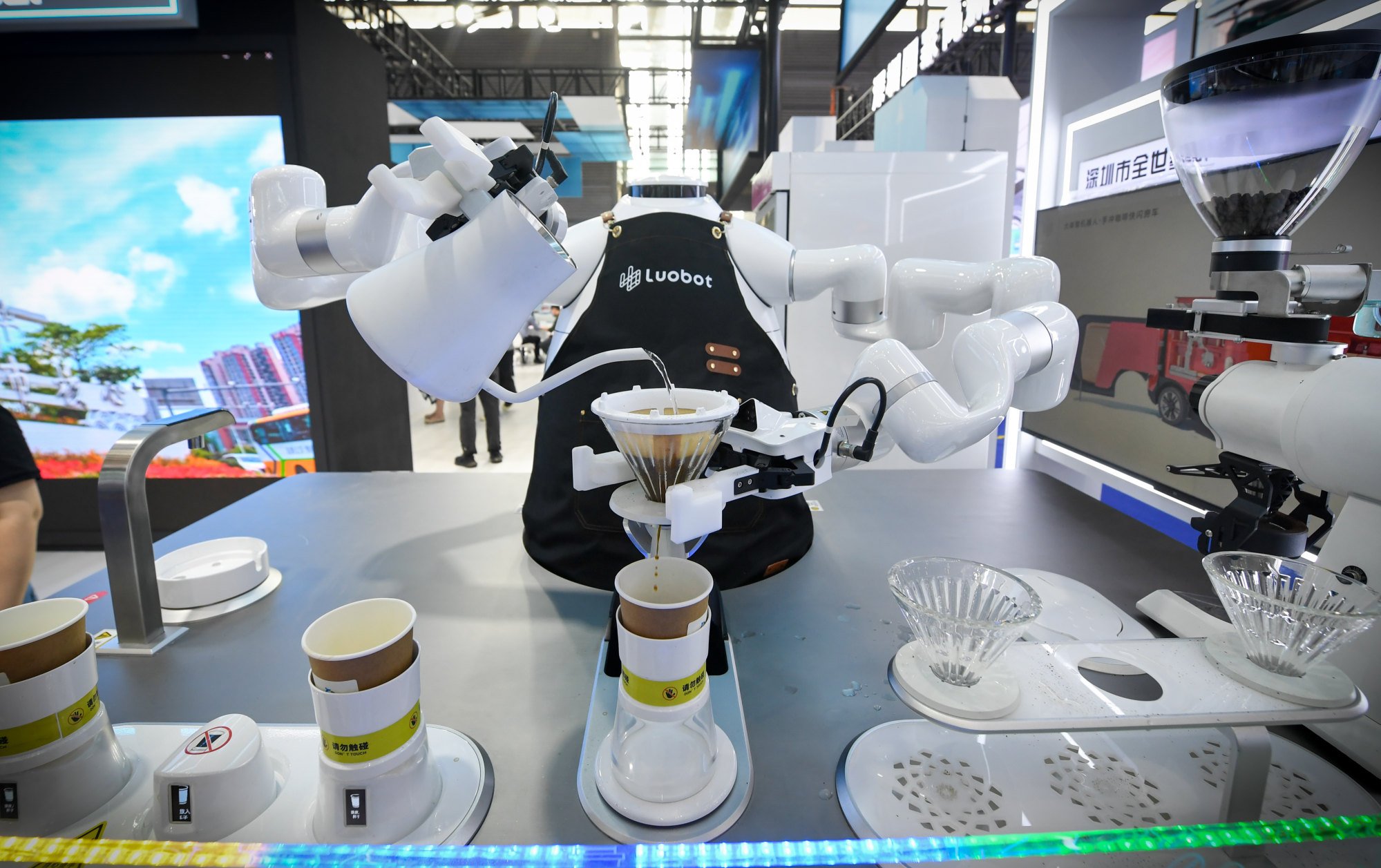Shenzhen will unveil a national innovation centre for so-called third-generation semiconductors at the city’s annual hi-tech fair on Friday, as China’s southern tech hub looks to bolster its role in the country’s self-sufficiency push.
The Shenzhen Comprehensive Platform of the National Third-Generation Semiconductor Technology Innovation Centre is expected to support the research and development, design and prototype production for silicon carbide (SiC) and gallium nitride (GaN) materials and devices, according to an announcement on the website of the China Hi-tech Fair.
GaN and SiC are third-generation semiconductor materials that offer advantages such as higher energy efficiency, while allowing for reduced size compared with traditional silicon-based chips. These chips have found applications in sectors such as electric vehicles.
Do you have questions about the biggest topics and trends from around the world? Get the answers with SCMP Knowledge, our new platform of curated content with explainers, FAQs, analyses and infographics brought to you by our award-winning team.
The innovation centre will set up an 8-inch wafer fabrication facility for pilot scale work, which will cover process steps from substrates and epitaxy to reliability verification for chips used in power applications, according to the announcement.

It will also feature an analysis and testing centre for power semiconductors, as well as an engineering service platform that is self-supporting.
The Shenzhen initiative comes amid Beijing’s enhanced drive to achieve self-sufficiency in technology, after the US imposed restrictions on the export of its chipmaking technologies to China over national security concerns.
The nascent third-generation segment has also been seen as an area where China has a chance to circumvent the restrictions on silicon-based chipmaking imposed by the West.
The Shenzhen platform is part of the National Third-Generation Semiconductor Technology Innovation Centre, first launched in 2021, along with branches in Nanjing, Suzhou, Beijing, Shanxi province and Hunan province.
Shenzhen has been stepping up its efforts to nurture the niche industry in recent years. The city’s Guangming district, for instance, laid out a plan last year to attract enterprises that produce 6-inch and 8-inch GaN substrates and epitaxial wafers to form a new materials industry.
By 2025, Shenzhen aims to develop a semiconductor industry that can bring in 250 billion yuan (US$37.5 billion) in annual sales, compared to the 110 billion yuan in revenue in 2021, according to an action plan put forward by the city in 2022.
More from South China Morning Post:
- Shenzhen’s soaring R&D spending rivals Beijing, dwarfs Hong Kong amid China’s tech drive
- Tencent adds 3,000 jobs in third quarter, signalling Big Tech growth in China amid AI race
For the latest news from the South China Morning Post download our mobile app. Copyright 2024.





